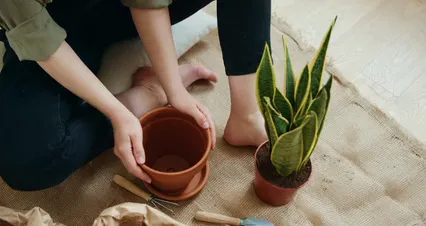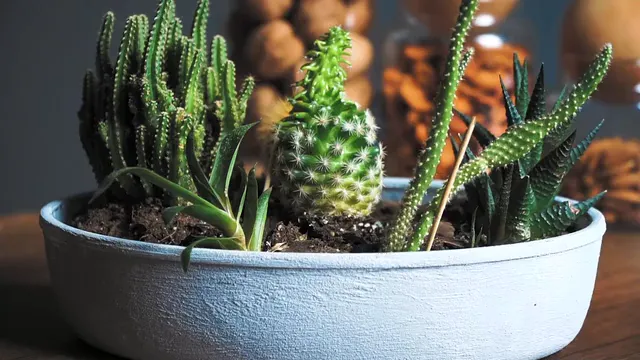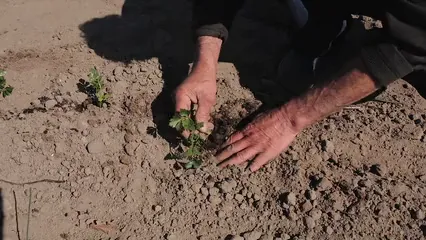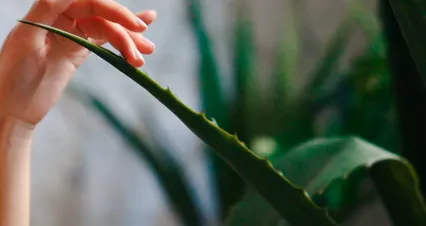

Healing Succulent Plants: The Benefits and Care of Aloes
Introduction
Healing succulent plants, especially aloes, are gaining popularity. They add beauty to homes while offering health benefits. Known for their soothing properties, aloes can enhance wellness in various ways.
Summary and Overview
In this article, we’ll explore the remarkable benefits of aloes. From skin healing to air purification, these plants are essential for any home. We’ll cover the care requirements needed to keep your aloes thriving. Additionally, we will touch on their cultural significance throughout history. Aloes have been used for centuries in traditional medicine, making them a staple in modern wellness practices. By understanding their uses and care, you can fully appreciate these vibrant plants. Join us as we uncover how aloes can improve your life and environment.

The Benefits of Healing Succulent Plants
Why Choose Aloes?
Aloes, particularly aloe vera, stand out for their unique properties. They are well-known for skin healing, providing relief for burns and cuts. Their cooling gel works wonders for sunburns, making it a go-to remedy. Besides skin benefits, aloes also purify indoor air. They absorb toxins, enhancing air quality in your space.
Aloes are aesthetically pleasing, adding a touch of green to any room. Statistics show that aloe vera is widely used in traditional and modern medicine. Over 200 species exist, but aloe vera is the most popular for health benefits.

Looking to harness the power of aloe? Consider trying Aloe Vera Gel. It’s perfect for soothing skin irritations and can easily be incorporated into your skincare routine!
If you want to learn more about the benefits and uses of aloe vera, check out this comprehensive guide on the aloe vera plant.
Consider adding aloes to your home. They’re easy to grow and offer a plethora of advantages for both health and environment. Want to ensure your plants thrive? Grab a Succulent Plant Soil Mix to give them the best foundation!
Historical Significance of Aloes
Aloes have a rich history across many cultures. Ancient Egyptians considered them sacred. They used aloes for healing wounds and skin ailments. Greek physicians, like Hippocrates, also recognized their medicinal benefits. In traditional medicine, aloes served as a remedy for various illnesses.
Statistics reveal that over 30 species of aloes have been documented in traditional medicine practices worldwide. These plants are not just pretty; they have stood the test of time. In fact, some cultures still use aloes for its soothing properties today.

Curious about how plants shaped our history? Explore more about the historical context of healing plants and their enduring impact on wellness.
Caring for Your Healing Succulent Plants
Choosing the Right Environment
To thrive, aloes need specific conditions. They love bright, indirect sunlight, making them perfect for indoor spaces. The ideal temperature ranges from 60 to 75 degrees Fahrenheit. Aloes also prefer low humidity levels, which mimic their natural habitat.
Data shows that aloes flourish in well-draining soil. Overwatering can be detrimental, so ensure your pot has drainage holes. With these conditions, your aloes can grow beautifully. If you’re looking for the perfect pot, check out this Indoor Plant Pot with Drainage to help manage moisture levels!

Watering and Nutrient Needs
Aloes thrive on a careful watering schedule. Generally, water your aloe plant every two to three weeks. The frequency depends on the season and humidity levels. During summer, they may need more water, while winter requires less. Always check the top inch of soil; if it’s dry, it’s time to water.
Choosing the right succulent soil is crucial. Look for a mix designed for cacti and succulents. This type of soil drains well, preventing root rot. Overwatering is a common mistake that can damage your aloes. About 40% of succulent deaths stem from this issue. Ensure your pot has drainage holes to help excess water escape.

To keep your aloes healthy, they need nutrients too. Use a balanced, diluted fertilizer during the growing season. This helps promote growth without overwhelming the plant. For the best results, consider trying out a Plant Fertilizer for Succulents to give your aloes that extra boost!
Propagation Techniques
Propagating aloes is a rewarding experience. There are a couple of methods to choose from: leaf cuttings and offsets. Leaf cuttings involve taking a healthy leaf and allowing it to callous before planting. This method can be slow but effective.
Offsets, or “pups,” are young plants that grow at the base of the mother plant. Gently separate them and pot them individually. This method typically yields higher success rates, often exceeding 90%.

Gardening tips for propagation include providing bright, indirect light. This ensures the new plants receive the energy they need to grow. Keep the soil moist but not soggy to encourage rooting.
Ready to try propagating your own plants? Start with offsets for quicker results and enjoy watching your aloe collection grow! And to keep your plants hydrated, don’t forget to use a Succulent Watering Bottle for precise watering!
The Role of Aloes in Modern Wellness
Aloes in Skincare
Aloes, particularly aloe vera gel, are a staple in skincare. Many products feature aloe due to its soothing properties. People use it for sunburns, cuts, and dry skin. The skincare benefits of aloes are hard to ignore. Did you know that the global aloe vera market is projected to reach over $1 billion by 2025? This statistic highlights the popularity of aloe-based products.

You can also create homemade skincare remedies! Try mixing aloe vera gel with essential oils for a refreshing face mask. With the right ingredients, you can whip up your own skincare magic. If you’re looking for ideas, check out a DIY Skincare Recipe Book for inspiration!
Aloes in Nutrition
Aloes are not just for your skin; they’re edible too! Aloe vera juice is popular for its health benefits. It can aid digestion and boost hydration. To safely consume aloes, choose edible varieties like aloe vera. The nutritional profile includes vitamins A, C, and E, along with important minerals.

Recent studies show that consuming aloe can support gut health and improve skin elasticity. Interested in adding aloes to your meals? Consider blending aloe juice into smoothies or using it in salads. To get started, try a refreshing Organic Aloe Vera Juice!
FAQs
What are the health benefits of aloe vera?
Aloe vera is renowned for its skin healing properties. It helps soothe burns, cuts, and irritation. Additionally, aloe vera can boost hydration and support digestion. Its gel contains antioxidants that promote skin health and overall wellness.
How often should I water my aloe plant?
Watering frequency depends on the season. Generally, water your aloe plant every two to three weeks. In warmer months, you may need to water more often. Always check the soil; if the top inch is dry, it’s time to water.
Can aloe vera be eaten, and what are its benefits?
Yes, aloe vera is edible! Aloe juice is rich in vitamins and minerals. It can aid digestion and boost hydration. Just ensure you choose edible varieties, as some parts of the plant can be bitter or laxative.
How do I propagate aloe plants?
You can propagate aloe plants through offsets or leaf cuttings. To use offsets, gently separate them from the mother plant and pot them individually. For leaf cuttings, allow the cut end to callous before planting in soil.
What are some common issues when caring for aloes?
Common issues include overwatering and pest infestations. Overwatering can lead to root rot, while pests like mealybugs can damage leaves. Always ensure proper drainage and monitor for any signs of distress in your plants.
Please let us know what you think about our content by leaving a comment down below!
Thank you for reading till here 🙂 And don’t forget, if you need a little extra help in your gardening journey, a good Gardening Tools Set can make all the difference!
All images from Pexels



